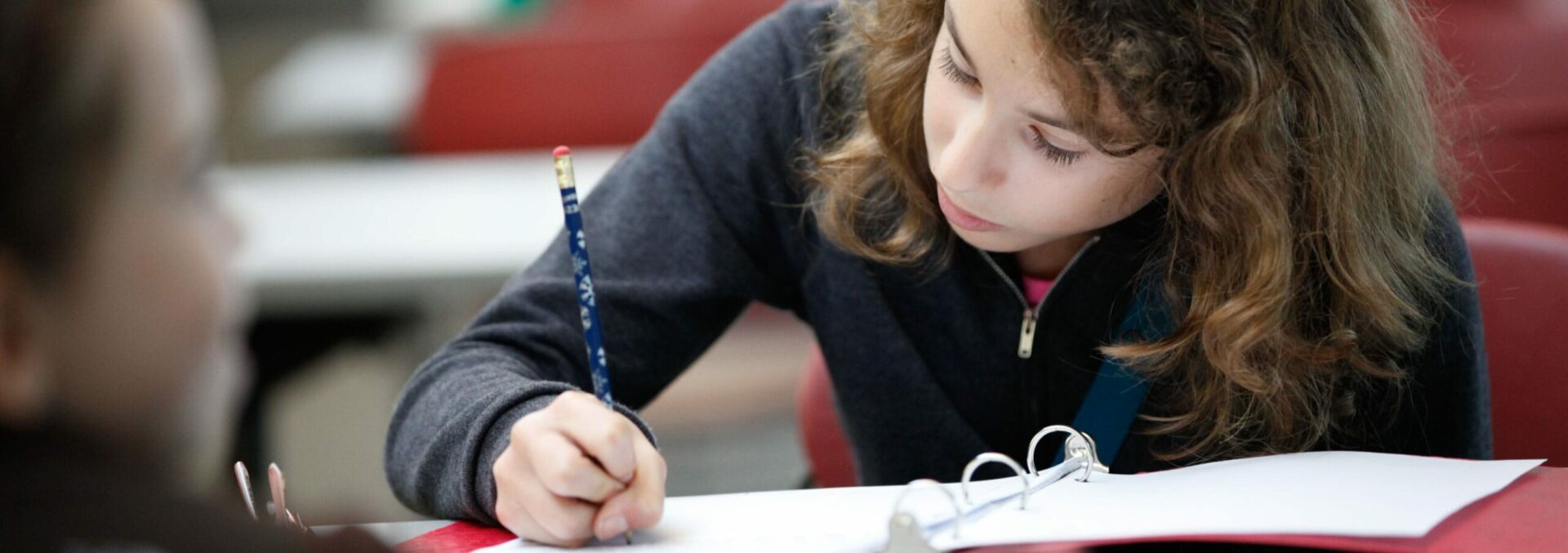What Teen Ulpan in Israel was before 2016, Ulpan for Olim Teenagers
In 2016, the Ministry of Education in Israel decided to get rid of the traditional Teen Ulpan program. This was also the school year that we made Aliya to Israel. This change had its positives and its negatives.
What was Teen Ulpan before 2016? Ulpan for Olim Teenagers
For students aged 7 to 18. Hebrew is taught at 5 levels, providing students with a strong foundation to ensure greater success when they begin school. The Ulpan provides a solid background in reading comprehension, writing and conversational skills, as well as 4 weekly hours of mathematics. Teachers provide individualized attention to students as needed. Students are encouraged to transition to a regular high school once the staff has determiend that the student is sufficiently ready.
The program runs throughout the school year and accepts students on an ongoing basis.
While there is Tefilla every morning, it is not mandatory. Students are accepted regardless of religious affiliation. Elementary students are accepted from Jerusalem only. Secondary students commute from Jerusalem and the surrounding areas including Gush Etzion, Beit Shemesh, and Modiin. Transportation is not provided by the school.
Elementary pupils learn four days a week (Monday-Thursday) from 8:15am-12:45pm, while on Sunday and Friday they are integrated into their regular school. Secondary pupils learn Sunday-Thursday from 8:15am-12:45pm (13:30pm on Mondays and Wednesdays). There is a fee for books and other learning materials of 400NIS for new immigrants and 1000NIS for tourists. (2013)
Director: Yael Shalom. Phone: 052-287-4209, Email: ulpanolim@gmail.com
Note: This was copied from achive.org (way back machine), so in all likihood that email and that phone number may no longer be valid. At the current time, I have no idea who is in charge of Ulpan for kids in Israel.
In 2014, the age range was taken off the website and there was no mention of Ulpan for elementary school children.
If you decide to do Homeschooling Ulpan, just copy the schedule listed above on your homeschooling application.
What are the Ulpan options after 2016
Starting in 2016, students were given 6 hours of Ulpan a week for their first year in Israel, and then 2 hours per week in the their second year.
During high school, if the student arrived in Israel after grade 1, they take Olim bagruts and they are given tutors or separate courses for Literature, Tanach, History, Civics, etc.
Sharing Resources
Some schools will share resources of olim children. Each new olim gets 6 hours of Ulpan. If the school has 6 olim students, that means that the school gets 36 hours of Ulpan instruction. If the school then allocates some of those hours as small group hours and some of those hours as individual instruction, the student can end up with 12+ hours of Ulpan per week instead of just 6 hours of Ulpan per week.
The problem is that it is a roll of the dice on if a specific school will or will not have olim children who are sharing resources. Nobody is coordinating it at the Ministry of Education level, and the olim parents have no idea that they are supposed to coordinate this themselves.
What are the pros of the new system?
Students are placed in regular classes for a larger number of hours per day than it was in the previous section.
All of the Ulpan hours are not at one time. They can be broken up over the school day.
There is a lot more indirect learning of Hebrew.
What are the cons of the new system?
Olim children are an easy target for bullying. They come from different cultures, so they do not know that in Israeli schools they are allowed and expected to physically fight back.
If a student is against coming to Israel, they may express this by not “learning Hebrew”. Then once the first year is done, there are no other opportunities to make up learning Hebrew.
Not all schools are aware that the students get Ulpan hours, so they do not apply for Ulpan hours. Or it takes several months for an Ulpan tutor to be assigned to a student. Even when the tutor is assigned to the student, the tutor may just be an Army Volunteer.
Schools do not prioritize Ulpan Hebrew. So if the school wants to do a field trip every Thursday, and the child’s Ulpan teacher is assigned to come on Thursday, the student will never actually get an Ulpan instruction. But since the tutor technically showed up, the hours are tagged as being used.
If a child arrives before grade 1, they get zero Ulpan instruction. If the children cannot learn indirectly, they get zero Ulpan help. If the child has still not mastered Hebrew by grade 1, they are placed into “small classrooms”. But these small classrooms are designed by children with behavioral problems. So then the first issue of olim children being the target of bullies becomes even worse. The schools are putting children who are at a high risk of being bullying into the small classroom as children who have documented behavioral issues. The learning environment becomes a hostile environment, and whole problem feeds in on itself.
Since there are zero options for learning Hebrew outside of schools, unless the parent can afford a private tutor, the underlying problem of the student having problems with Hebrew is never resolved.

